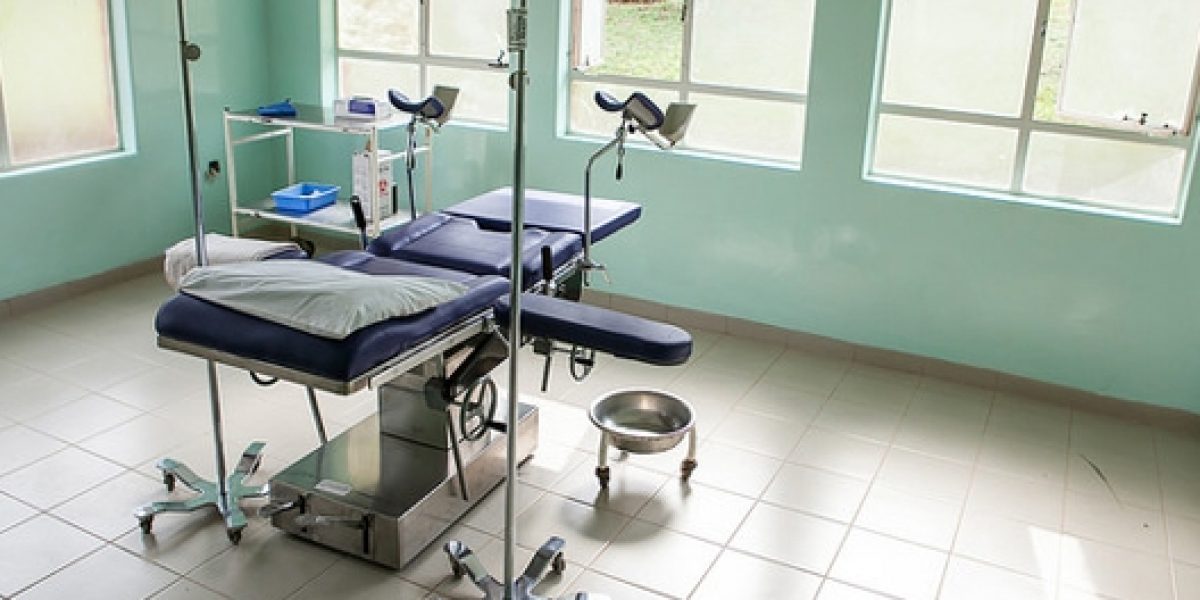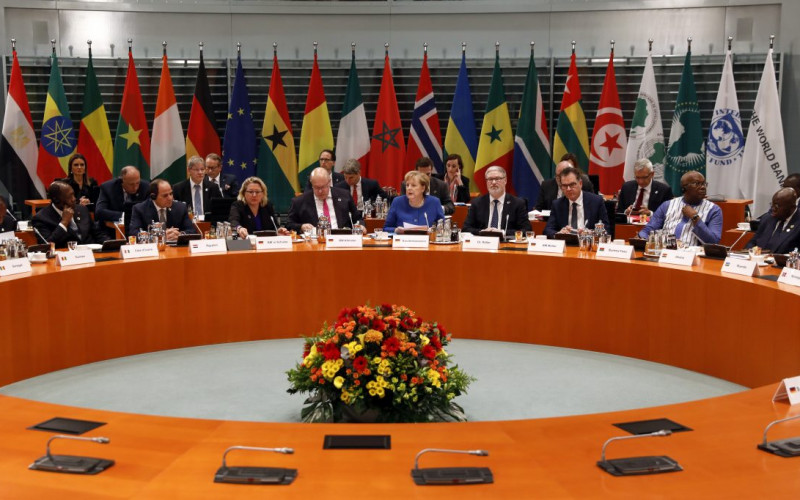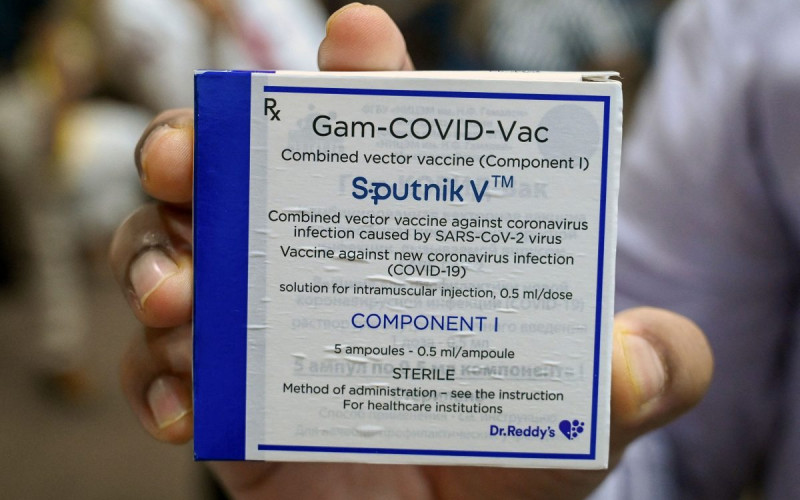In southern Africa, the task will be even greater. To attain these healthcare goals, the region has more work to do than any other – especially considering its high poverty levels and HIV and tuberculosis disease burden. The region is also still reliant on donors despite efforts for governments to shoulder responsibility for health care.
Universal coverage, as defined in the goal, is access to quality essential healthcare services and access to safe, effective, quality and affordable essential medicines and vaccines. It also includes protection from financial risk in terms of health care. The goal is that by 2030, all regions will have universal health care.
In southern Africa, South Africa and Zambia have taken the first steps towards universal health care. But both programmes are struggling to live up to expectations.
A look at South Africa
When South African Health Minister Aaron Motsoaledi introduced the national health insurance (NHI) plan, his idea was that it would bridge the healthcare divide between the wealthy and the impoverished. This is an inequality that stems from a legacy of poor health care for black and poorer people dating to apartheid.
The divided healthcare system in South Africa means that those who access public services often face severe delays, stockouts and inconsistencies in treatment. Public healthcare providers are often under-equipped and poorly staffed. The private sector, on the other hand, is supported by private health care insurance. Those who can afford it receive treatment by specialists, increased access to medicine and seldom experience delays in receiving services.
The NHI plan is intended to be implemented over 14 years. The first five years will see health facilities upgraded and health workers employed and trained.
If implemented correctly, the national health insurance scheme will:
- provide healthcare funding for all citizens based on a contributory system with wealthier people contributing more;
- improve negotiations with providers such as hospitals, clinics and healthcare professionals to supply services and rational payment levels with quality assurance;
- create one public fund with adequate reserves and funds for high-cost care; and
- promote efficient and effective service delivery in both public and private sectors.
But the plan has been described as unfeasible. South Africa’s current healthcare system cannot support all-out-access to health care. There are several reasons why.
First, the health insurance proposal is a costly exercise. The government has yet to publish the funding model for the NHI, but one estimate published in 2010 pegged the cost of the insurance at US$16billion (R216 billion) per year. The estimate included existing government expenditure on health, which for 2015-16 is budgeted at R157.3 billion.
Some academics have estimated that increase by the proposed plan would need a 17% tax increase, which is not feasible for the South African taxpayer.
Second, distribution of healthcare funds, a lack of trained healthcare professionals and increasing healthcare costs all detract from ministerial capacity to regulate public health care. The proposed plan is meant to address these concerns, but with the financial burden the plan will impose, it is currently unlikely that it will resolve these concerns.
However, the NHI plan could change how providers are paid, allowing everyone to access health care based on what patients need, not what they can afford.
Health care for all in Zambia
Universal access to health care in Zambia looks slightly different. Under the current administration, access to health services and medicine is free. In 2006, healthcare fees were dropped for patients in rural areas – the first step to provide free care for all Zambian citizens.
But the system has not been running smoothly. It has been plagued by medicine stockouts, a lack of trained healthcare professionals, uneven access to healthcare services in rural areas and a limited capacity from the ministry to maintain services.
Zambia’s health budget has increased from US$1.42 billion (8.746 billion Kwacha) in 2014 to US$1.57 billion (9.983 billion Kwacha) in 2015. Despite this substantive allocation to health care, there are still budgetary issues and irregular distribution of funds.
It was widely thought that user fees were the greatest reason for a lack of use of healthcare facilities. Dropping the fees resulted in a 40% increase in the use of healthcare services. But it failed to consider additional costs citizens would incur as they needed transport and access to clinics. This was unsustainable for them.
As a result of the increased costs related to transport, the poor in Zambia still struggle to access health care and medicines despite the premise of universal access to health care and medicines.
The challenges have also meant that the government has had extra costs in implementing the system. These are mainly transport costs because medicine stockouts require multiple trips back and forth and untrained staff mean trained staff need to travel to different hospitals in different regions.
Zambia cannot abandon its policy of free health care. Despite these challenges, however, the perception of universal access to health care in Zambia is still quite positive. The government is seen to be making increased efforts to address these challenges, including training staff, addressing supply chain management issues and managing funds allocated for health care.
The regional health dilemma
The challenges in Zambia and South Africa are faced in many unequal societies. In the developed world, universal health care is entirely different. Many Western systems rely on heavy taxation of their citizens to provide adequate universal access to health care. This cannot be a reality in southern Africa. Considering the high levels of poverty, most people cannot be taxed.
Universal health care would be positive for countries in the region, who all need access to health care and medicines. But the financial implications create barriers for this ideal. Many governments lack resources to provide health care for the impoverished.
That’s not to say it could never be achieved or that the ideal should not be worked towards. Increased collaboration with regional organisations, including the Southern African Development Community could assist in creating regional solutions for universal access to health care for the region. This would allow for stronger partnerships and increased funding to mitigate these challenges, and develop solutions to challenges faced by the Global South.








